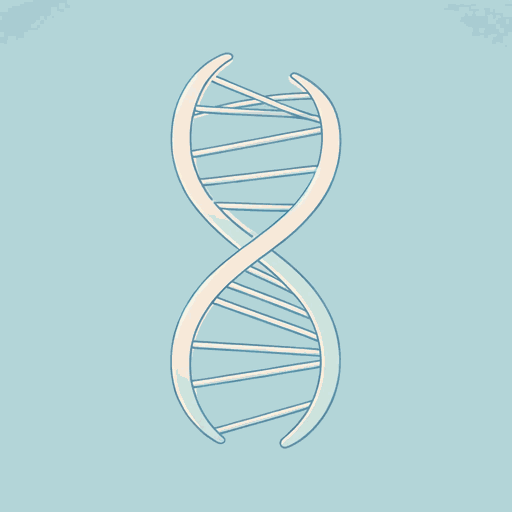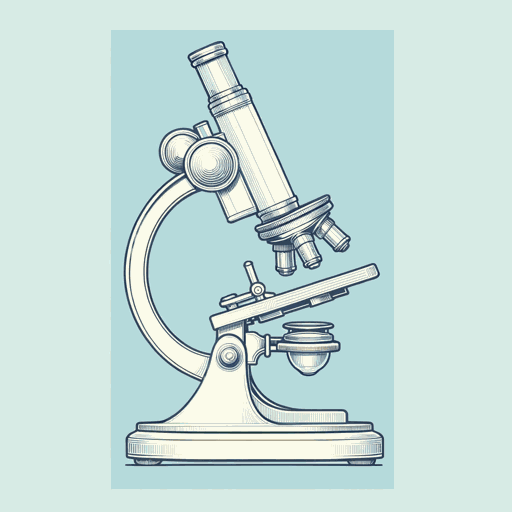67 pages • 2 hours read
Siddhartha MukherjeeThe Emperor of All Maladies: A Biography of Cancer
Nonfiction | Autobiography / Memoir | Adult | Published in 2010A modern alternative to SparkNotes and CliffsNotes, SuperSummary offers high-quality Study Guides with detailed chapter summaries and analysis of major themes, characters, and more.
Summary and Study Guide
Overview
Siddhartha Mukherjee’s book, The Emperor of All Maladies: A Biography of Cancer, is nothing less than an account of the 4,000-year quest to understand and treat cancer, a malady that continues to plague us over the centuries. Mukherjee, an Indian-American oncologist and author, received a Pulitzer Prize for General Non-Fiction for the 2010 work. The autobiography opens with Mukherjee’s fellowship at Massachusetts General Hospital, where he treats a 31-year-old mother named Carla Reed, who has just received a leukemia diagnosis.
The author then describes Sidney Farber, an imperious and brilliant pathologist at Boston Children’s Hospital, and his quest to use the first forms of chemotherapy to treat children with leukemia. In the late 1940s, scientific thought believed nothing could help these types of patients. Farber began to use antifolates in his treatment, and patients experienced brief remissions. He also began to raise money and awareness of the disease through the Jimmy Fund.
Mukherjee explains how cancer treatments have evolved over the centuries, from its first recognition in ancient times. The currents of treatment changed from no recourse to bloodletting, which was supposed to cure the body of excess black bile, thought to be the cause of the disease. In the late 1800s and early 1900s, radical surgeons turned to cutting off large parts of the cancer-ridden body.
In the 20th century, cancer became emblematic of an age in which people lived long enough to develop many types of cancer and in which prevention and sanitation felled other types of diseases. Scientists in the early days of treatment broke into rival camps that advocated radiation, chemotherapy, and radical surgery. Political forces trying to raise money for cancer hoped for a unitary cause and cure to galvanize fundraising, but such a cure remained elusive. In addition to trying cures, the fight against cancer moved to prevention, proving the link between cigarette smoking and cancer.
It was not until scientists had a better understanding of genetics that they came to know that cancer arises from mutations in our cells. Therefore, cancer is an enemy that lurks in our own genome. Targeted therapies that build on our better understanding of the mechanisms by which cancers develop have improved cures and survival rates. However, the author reminds us that cancer remains ever-changing and requires us to constantly shift tactics in a quest to find a cure.
Related Titles
By Siddhartha Mukherjee



